Please help name the plant. Thank you
thuyvncr
10 years ago
Related Stories

GARDENING GUIDESGreat Design Plant: Silphium Perfoliatum Pleases Wildlife
Cup plant provides structure, cover, food and water to help attract and sustain wildlife in the eastern North American garden
Full Story
GARDENING GUIDESGreat Design Plant: Ceanothus Pleases With Nectar and Fragrant Blooms
West Coast natives: The blue flowers of drought-tolerant ceanothus draw the eye and help support local wildlife too
Full Story
GARDENING GUIDESGreat Design Plant: Snowberry Pleases Year-Round
Bright spring foliage, pretty summer flowers, white berries in winter ... Symphoricarpos albus is a sight to behold in every season
Full Story
GARDENING GUIDESPathway Plantings That Please the Senses
Add some color, life and intrigue beside your sidewalk with these 7 suggestions
Full Story
FLOWERS AND PLANTSHelp Monarchs and Other Butterflies by Planting Common Milkweed
Summer-blooming Asclepias syriaca is an important larval host plant for the monarch butterfly and attracts a number of pollinating insects
Full Story
GARDENING GUIDES8 Unthirsty Plants Help You Save Water in Style
Spend less effort and money on your landscape with drought-tolerant and native plants that liven up your yard
Full Story
GARDENING GUIDESHelp Fuel the Monarch Migration With These 6 Prairie Plants
Try these nectar-rich beauties and help autumn monarchs
Full Story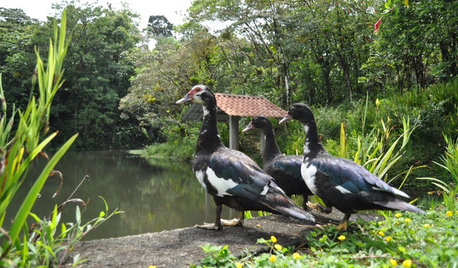
LIFEYou Said It: ‘The Birds Will Thank You’ and More Houzz Quotables
Design advice, inspiration and observations that struck a chord this week
Full Story
HOME OFFICESQuiet, Please! How to Cut Noise Pollution at Home
Leaf blowers, trucks or noisy neighbors driving you berserk? These sound-reduction strategies can help you hush things up
Full StorySponsored
More Discussions






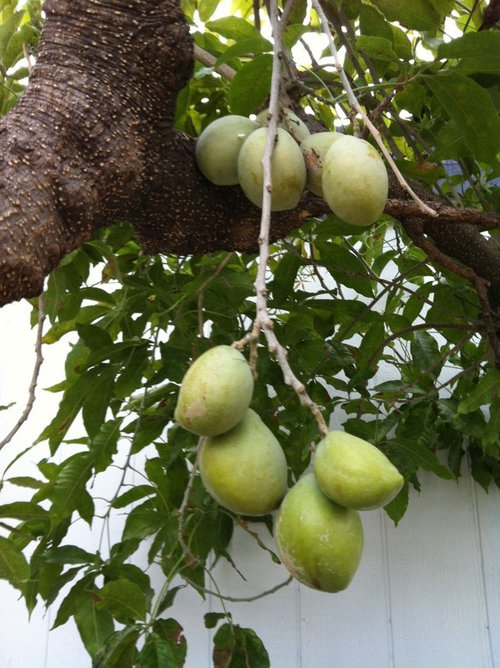

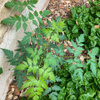
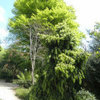
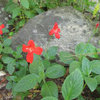
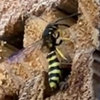
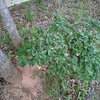
alisonoz_gw
thuyvncrOriginal Author
Related Professionals
Derry Landscape Architects & Landscape Designers · Holly Springs Landscape Architects & Landscape Designers · Elwood Landscape Architects & Landscape Designers · White Oak Landscape Architects & Landscape Designers · Stoughton Landscape Contractors · Bell Gardens Landscape Contractors · Fountain Valley Landscape Contractors · New Providence Landscape Contractors · Painesville Landscape Contractors · Pleasanton Landscape Contractors · Riverhead Landscape Contractors · Sammamish Landscape Contractors · Suitland Landscape Contractors · Shafter Landscape Contractors · Raytown Landscape Contractorsdirt_farmer
CaraRose
thuyvncrOriginal Author
dirt_farmer
damulk
thuyvncrOriginal Author
kayjones
nonmember_gw
thuyvncrOriginal Author
thuyvncrOriginal Author
nonmember_gw